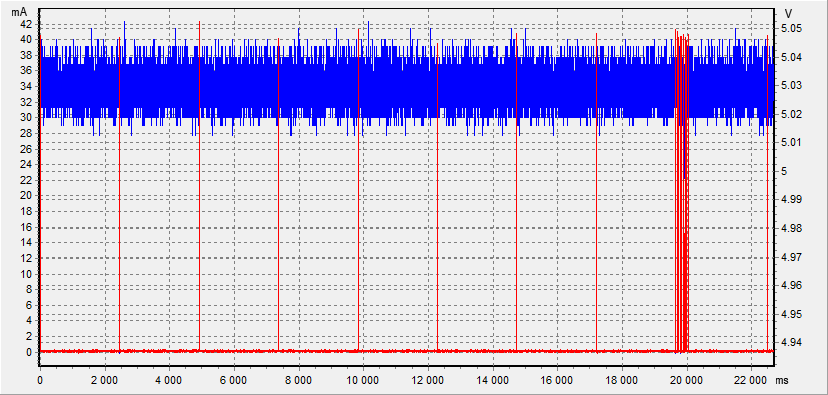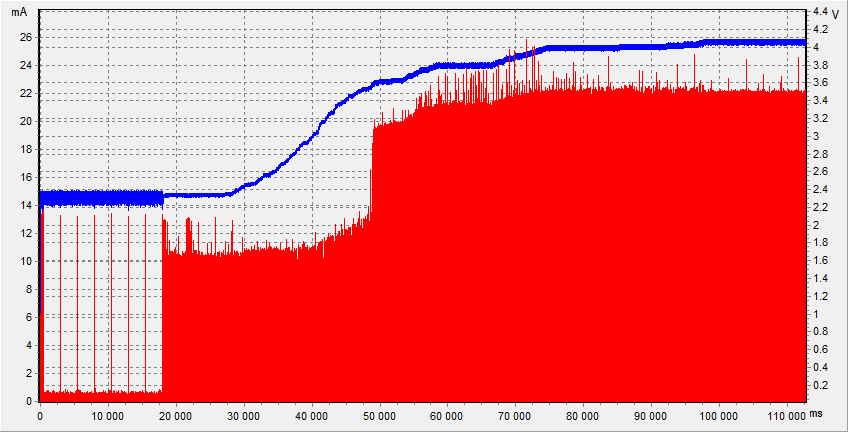-
Notifications
You must be signed in to change notification settings - Fork 194
New issue
Have a question about this project? Sign up for a free GitHub account to open an issue and contact its maintainers and the community.
By clicking “Sign up for GitHub”, you agree to our terms of service and privacy statement. We’ll occasionally send you account related emails.
Already on GitHub? Sign in to your account
Thermometer LED display #200
Comments
|
I am interested as well. I have 2 devices in freezers. |
|
Help solve these problems:
To reduce consumption in LYWSD03MMC, there is only one option - mechanical removal of the LCD controller. |
|
Thanks Victor, what is the operating voltage range of the LYWSD03MMC ? The 14335 battery is 3.6V as opposed to 3V CR2032, wouldn't this kill the sensor? |
|
TLSR8251F512ET24: Supply voltage 1.8 - 3.6V Didn't do any specific tests. |
|
Very informative Victor, thanks again, just ordered a couple of those: https://www.aliexpress.com/item/1005003637299772.html |





Is there any way to disable the "onboard" LED display for the Mi thermometer devices? I have several sensors that will be buried in the deep freezers and I will be accessing their readings remotely via external ESP controller. The intention is to preserve as much battery energy as possible. Thanks.
The text was updated successfully, but these errors were encountered: